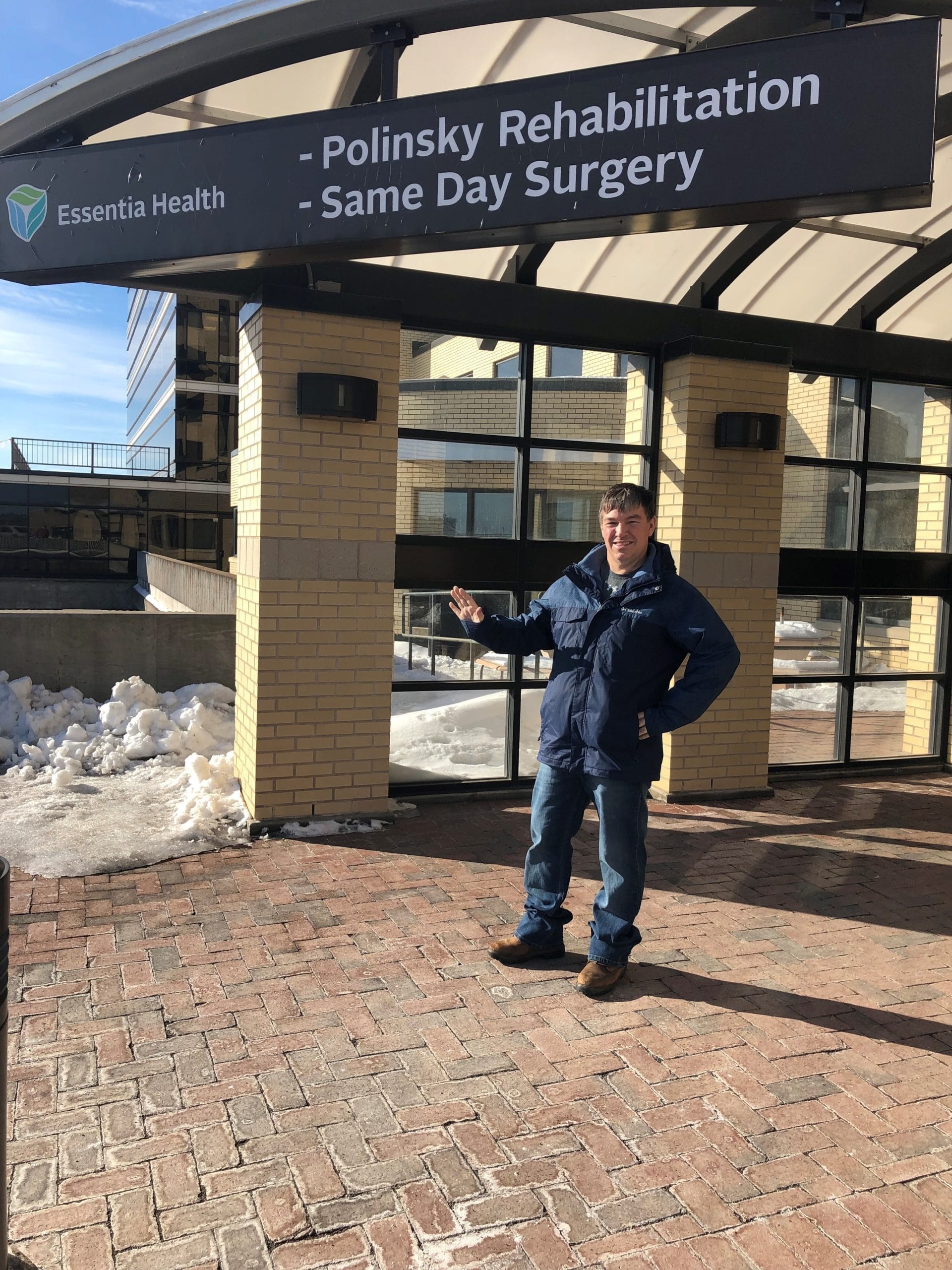In a healthy heart, the rate and rhythm are controlled by electrical signals that cause the heart to contract, or squeeze, in a coordinated manner. This synchronized heartbeat continuously circulates blood through the lungs and out to the rest of the body to deliver vital oxygen.
An arrhythmia is a problem with the rate or rhythm of the heart and occurs when the heart’s electrical signals are abnormal. Atrial fibrillation—also called AFib—is one of the most common types of arrhythmia, impacting an estimated 6 million Americans. AFib causes the heart to have an irregular rhythm and often beat rapidly. This can raise the risk of complications such as heart failure, dementia, and stroke.
Because the heart beats irregularly while in AFib, it affects the way blood flows through the heart and can allow clots to form. Those clots can travel to the brain and block vital blood flow to the brain—causing a stroke. AFib-related strokes are more deadly and disabling than other types of strokes. People that survive AFib-related strokes often experience paralysis, loss of speech, impaired brain function, and other disability. But a great many of these strokes can be prevented. In addition to treatment to restore and maintain a normal heart rate and rhythm, healthcare professionals may prescribe a blood thinner, or anticoagulant, that reduces the risk of stroke from clotting.
Getting an AFib diagnosis can be frightening and even confusing, but if you’ve been diagnosed, you’re not alone. It’s important to know your risk and watch for symptoms. With proper treatment people diagnosed with AFib can expect to live active and healthy lives.
Watch the new videos from the Alliance to learn more about the causes, risk factors, diagnosis, and treatment of AFib.






